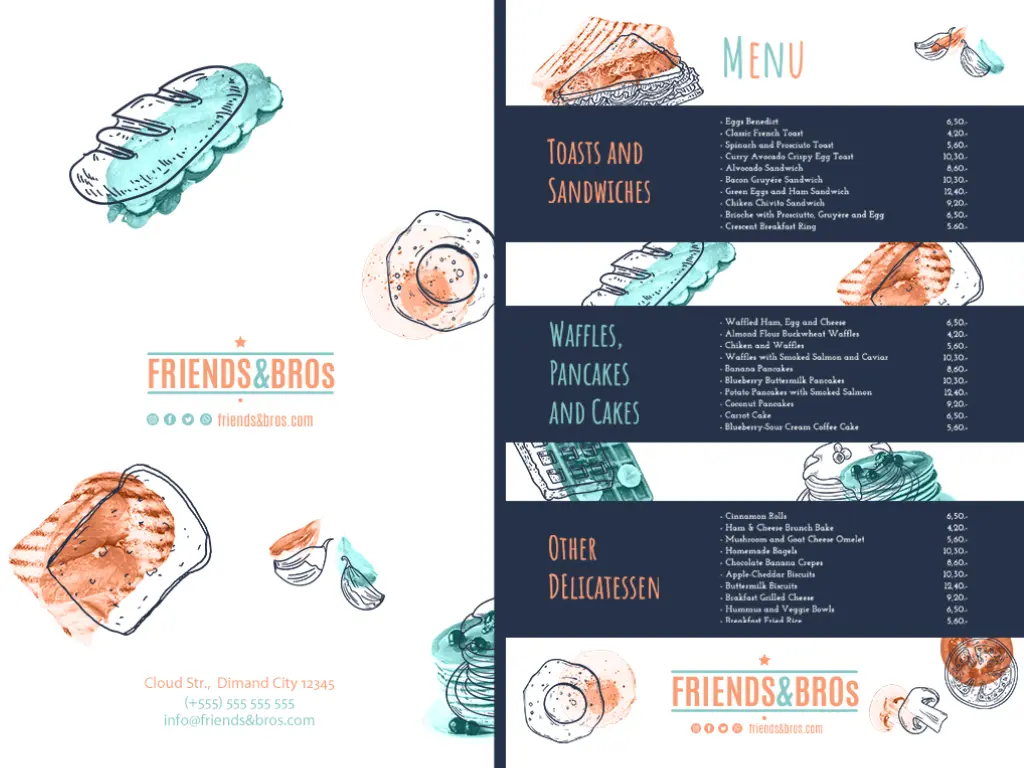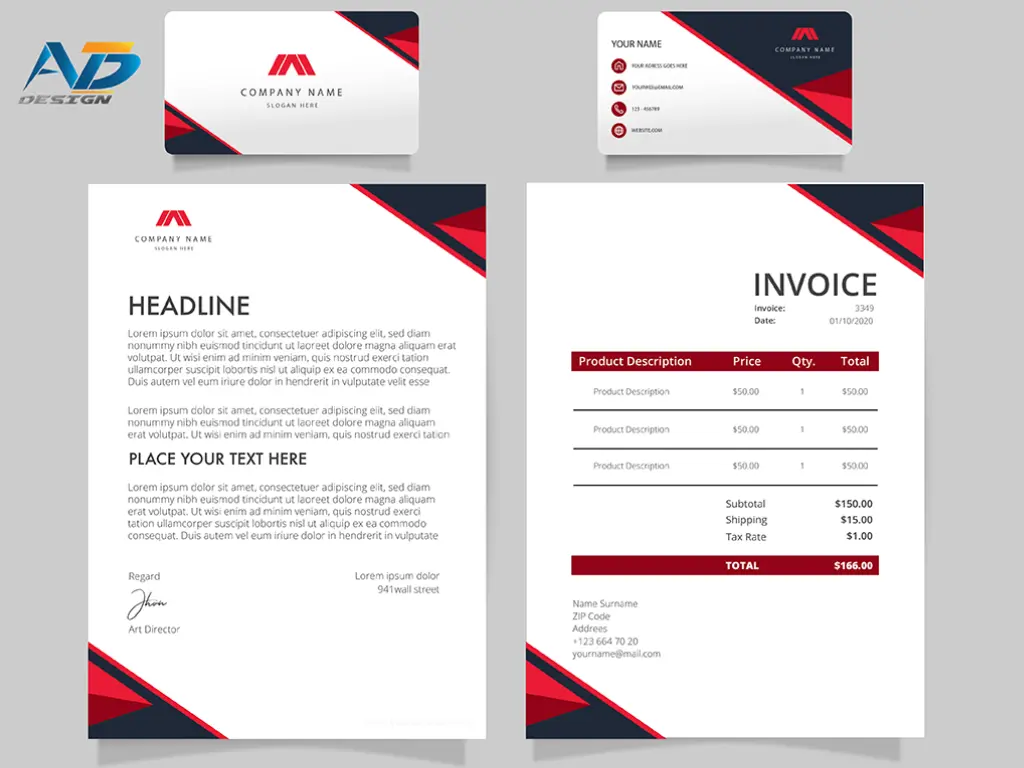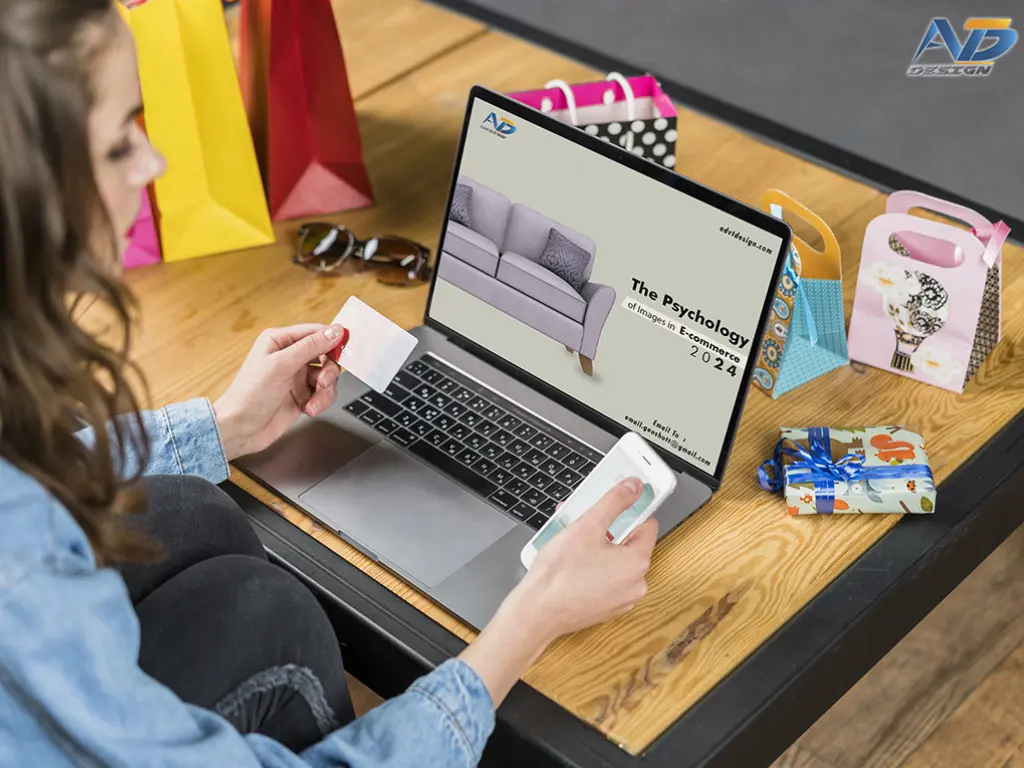
Beyond Logos: Building Brands with Visual Identity Graphic Design
When the term "visual identity graphic design" is mentioned, what springs to mind? For many, it's the recognizable logos of global brands. However, in today's fast-paced digital landscape, a brand's visual identity transcends mere logos. Whether it's the famous apple of Apple Inc., meaning information and advancement, or the basic however compelling swoosh of Nike, symbolizing movement and speed, a symbol can tell a story in a compact visual frame.
While logos remain pivotal, the broader scope of creative graphic design advertisement plays a critical role in conveying a brand's ethos, values, and narrative. This intricate blend of colors, imagery, and design elements collectively molds consumer perception.
Let's journey through the multifaceted realm of visual identity graphic design and its profound impact on contemporary brand building.
Understanding Visual Identity Graphic Design
Visual identity graphic design encompasses the visual elements employed by companies or organizations to communicate their brand image. It ensures a cohesive look and feel that resonates with the audience, fostering brand recognition and trust. It serves as the visual language through which brands convey their essence and values. Logos frequently carry typical implications.
Key Components of Visual Identity Graphic Design
At its essence, visual identity graphic design fosters a consistent and recognizable aesthetic appealing to the target audience. Let's delve into its fundamental components:
- Logo Design: Often deemed the face of a brand, logos wield immense power in shaping perceptions and driving brand recognition. They often carry symbolic meanings, narrating stories through compact visual forms.
- Color Palette: Colors carry profound meanings and influence emotions. In branding, the chosen color palette can significantly impact a brand's image, making it crucial for creating a brand style guide.
- magery and Illustrations: In the vast landscape of branding, imagery, and illustrations serve as potent storytellers, conveying ideas and emotions swiftly and universally.
- Layout and Composition: Serving as the backbone of visual design, layout, and composition determine how elements are arranged and information flows, ensuring clarity and memorability.
The Role of Creative Graphic Design Advertisement in Branding
Creative graphic design advertisement assumes a pivotal role in brand differentiation and consumer engagement:
- Creating a First Impression: Graphic design often serves as the initial point of contact, setting the tone for the brand experience.
- Conveying Brand Identity: It translates a brand's mission, values, and promises into visuals, establishing a unique identity that resonates with the audience.
- Facilitating Brand Recognition: Consistent and creative graphic design advertisements foster instant brand recognition, fostering consumer loyalty.
Bottomline
Well-crafted visuals wield immense influence, driving consumer engagement and fostering brand loyalty. As brands strive to cultivate authentic connections with consumers, the nuances of visual identity graphic design emerge as silent ambassadors, weaving compelling narratives that resonate with audiences.





